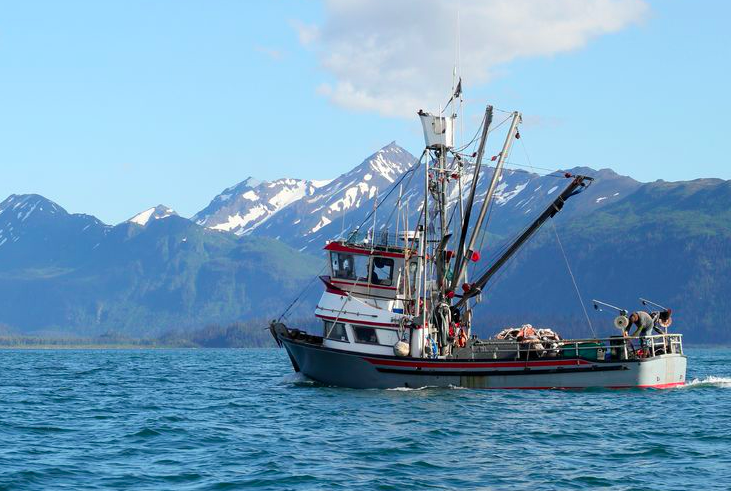By CRAIG MEDRED
CRAIGMEDRED.NEWS
Before an audience heavy with those who make their living from the sea, commercial fishermen and their supporters paraded before the Alaska Board of Fisheries on Saturday to testify as to where they think personal-use dipnetters belong.
Last in line was the clear answer.
Cordova’s John Whissel might have summarized the thinking best when he observed that the personal-use fisheries “are to be implemented after sport, commercial and subsistence fisheries have met their needs.”
The comments came in response to a Kenai River Sportfishing Association proposal before the Board that would reshuffle salmon allocation priorities in the state’s few, non-subsistence fishing areas.
The proposal seeks to make the food security of 49th State residents the number one issue the Board should consider when deciding who gets which salmon and how many.
Whissel argued the proposal was a scheme to “set up a defacto priority,” giving personal-use fishermen in five “non-subsistence” areas much the same status as subsistence fishermen in most of the rest of the state. Subsistence is a “priority use” in about 80 percent of Alaska.
In the subsistence areas, the number one priority of the Board and fishery managers with the Alaska Department of Fish and Game is to make sure subsistence demands are met.
Dipnetters once had a subsistence priority, but the Alaska Legislature in 1992 passed a law allowing the Boards of Fish and Game to establish non-subsistence areas. The state was at the time jockeying to find a way to bring state law into agreement with the Alaska National Interest Lands Conservation Act, which created more than 100 million areas of new parks and refuges in Alaska and granted “rural residents” a subsistence priority on federal lands.
The state tried to follow suit with a rural priority, but the Alaska Supreme Court ruled that granting Alaskans special hunting and fishing privileges solely on the basis of where they live violated the Alaska Constitution.
As an alternative, the Legislature gave the joint Boards the authority to create non-subsistence areas where there was heavy competition between urban and rural residents for limited resources. The hope was that the feds would buy the plan as tantamount to a rural priority and drop a threat to take over management of fish and game on federal land in the state.
They didn’t. The U.S. government has been involved in managing fish and wildlife on more than 200 million acres of land within the state for almost two decades now. The state was left in charge of about 150 million acres. The two bureaucracies engage in a constant, joint-management dance in dealing with salmon and other species that move across state-federal boundaries.
Through all this, most of the state’s fisheries have remained largely unchanged. The commercial fishing industry controlled them at statehood, after statehood and to this day.

All Alaska’s legislature needs to do is make all of Alaska a subsistence area, rural and urban. Issue subsistence fishing licenses right along with sports licenses. Identical criteria for qualifying on both. End of argument?